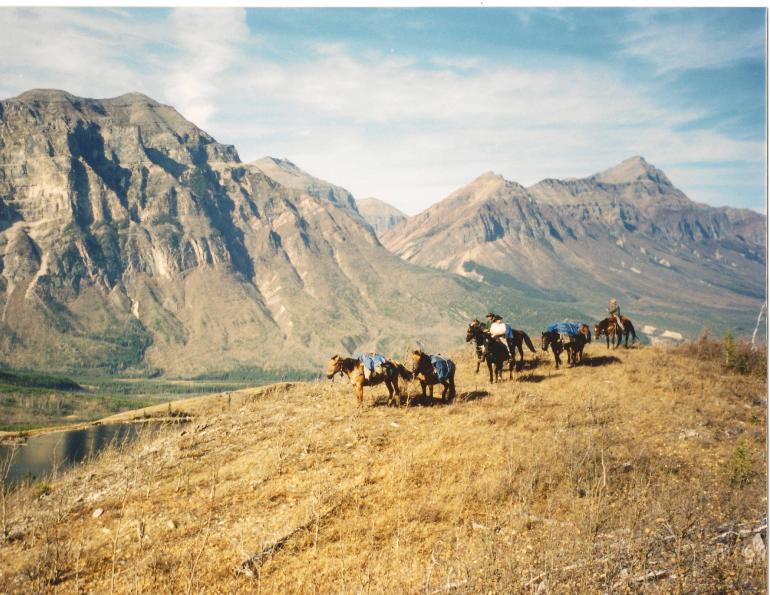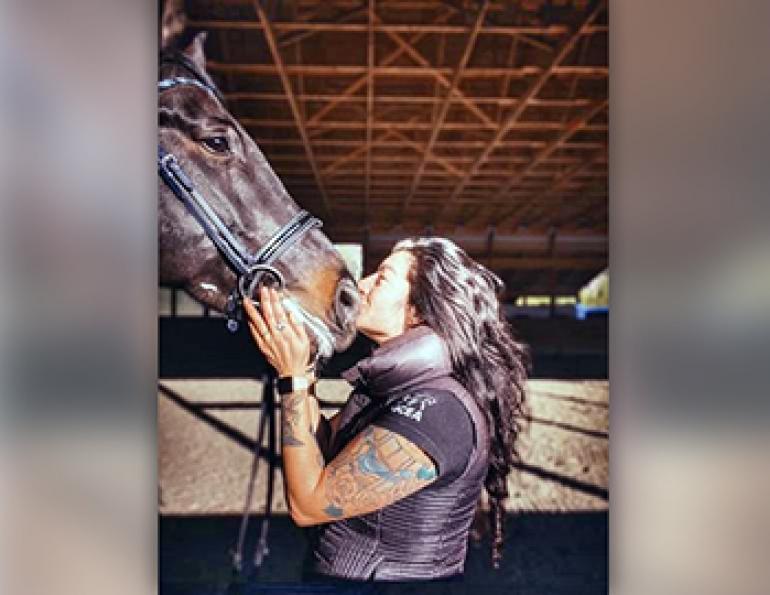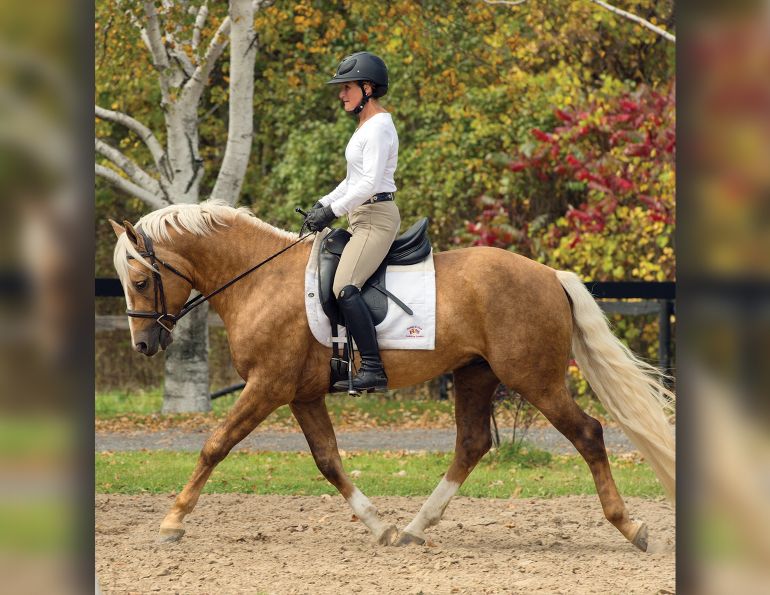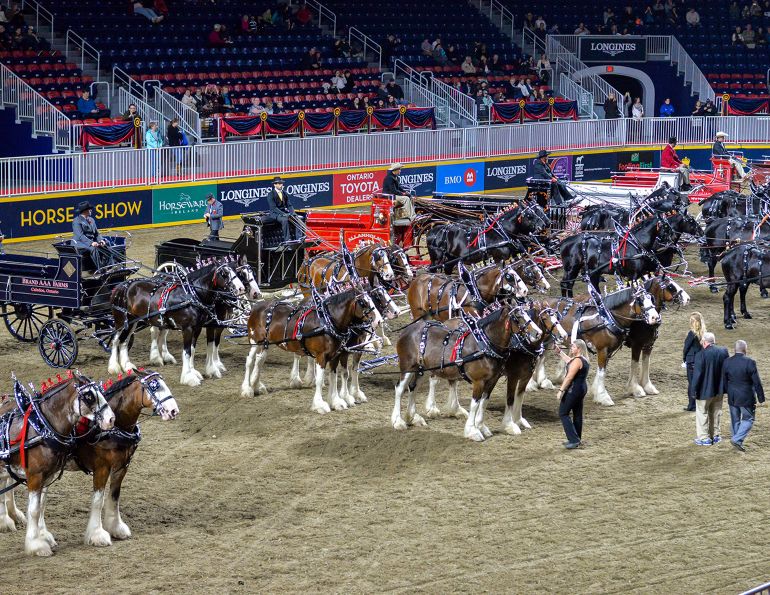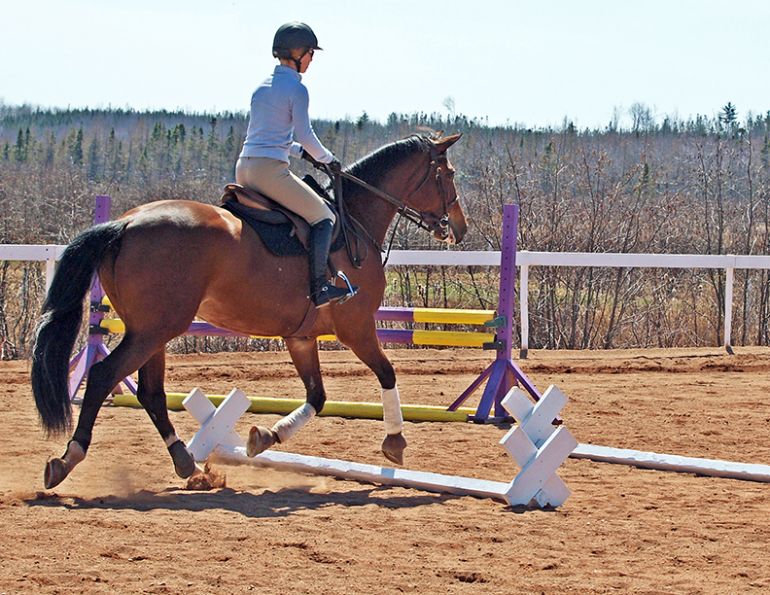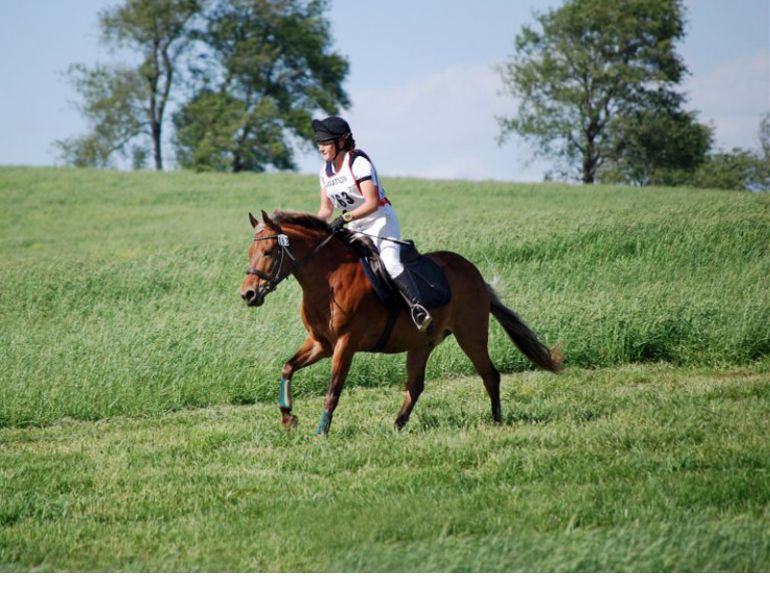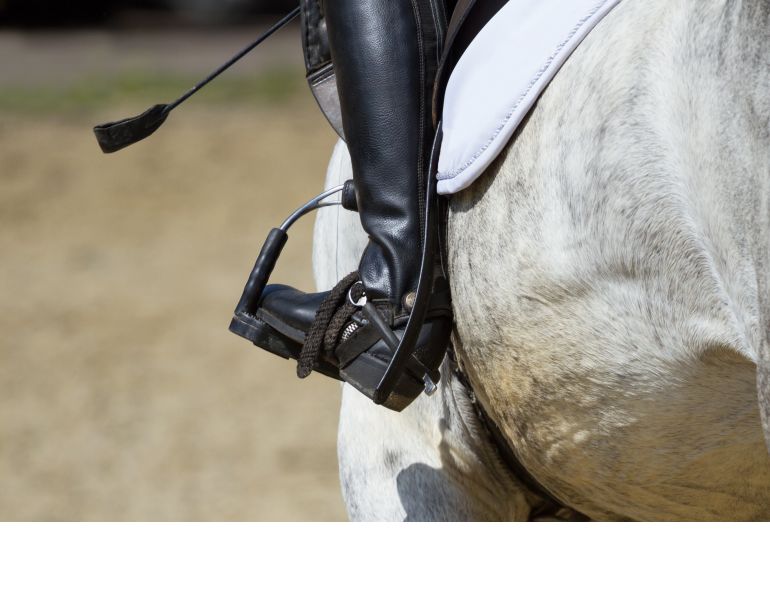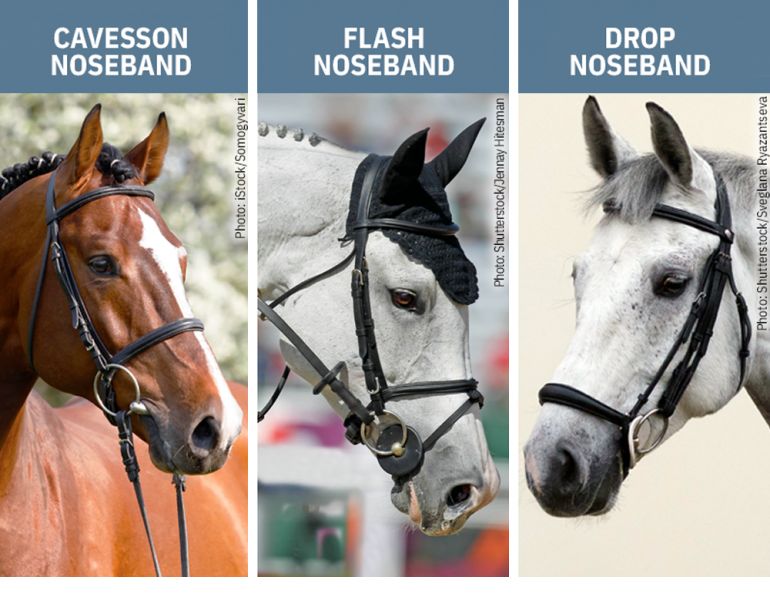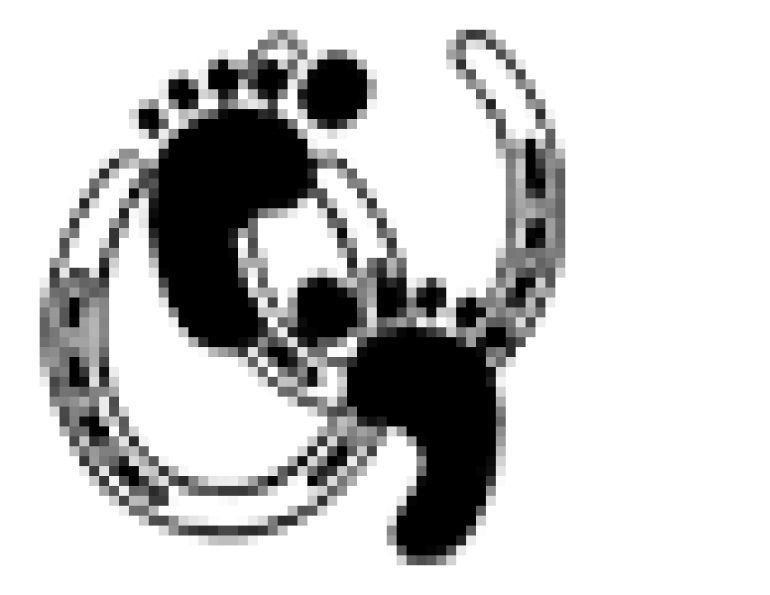With Claudia Cojocar
By Jess Hallas-Kilcoyne
Softness, engagement, connection, lightness, power – all of these words describe aspects of collection. But, what is collection itself?
“Collection is the state of the horse in which he lightens his forehand and changes posture by engaging his hindquarters,” says jumping coach Claudia Cojocar. “When you have correct collection, you feel generous impulsion contained by your completely accepted hand, a hand that the horse is not afraid of but is totally confident with. The horse feels like two-thirds of his body is in front of you, slightly uphill, light in your hands and ready to go forward immediately when asked.”
She points out that there are varying degrees of collection. “One must take into consideration the level the jumper is working at. True collection for jumpers is used primarily for schooling gymnastics and flatwork, and for jumping at the very advanced levels. At basic levels, green horses and riders just need to be able to shorten strides, not ‘collect’ in the true sense of the word.”
Collection requires engagement of the hindquarters, but “although a horse must have engagement to be collected, a horse may have engagement without collection, as we can see in a cutting horse working a cow, a horse going down a steep bank on a loose rein, or a racehorse moving at full speed,” Claudia explains. “Engagement in collection was explained to me as the expression of impulsion in submission.”
This is important for a jumper because “it lets the rider rebalance the horse and repackage its energy as necessary for jumping tasks in which the horse must shorten his stride while maintaining impulsion,” she says. “A horse that collects easily will be able to negotiate all sorts of turns and transitions.”
Practice lengthening and shortening your horse’s canter stride with Claudia’s first exercise.
Exercise #1: The Roundabout
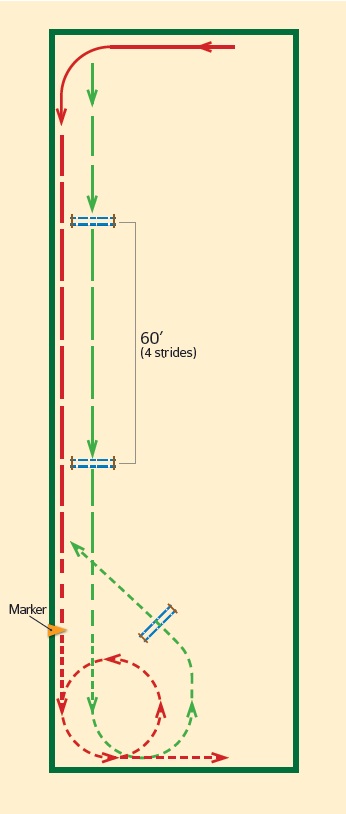
Set a marker, a 60-foot line of jumps, and an oxer according to the diagram to the left. The fences in this exercise should be set at a height and width appropriate to your and your horse’s skill level. There are three stages to this exercise. Complete each stage as if it was a separate exercise, practicing each stage until you and your horse feel ready to move on to the next stage.
Stage 1: In a light seat, lengthen the canter stride down the long side of the arena. As you approach the marker, collect the canter and just after the marker ride a rhythmical, balanced 10 metre circle. The main point here is that the right canter must be established BEFORE the circle, not while riding it. Then, carry on through the corner and ride large.
Stage 2: Now lengthen the canter stride down the long side, again in a light seat, and transition to collected canter by the time you reach the marker. Continue in collected canter through the tight turn, then, as you come out of the turn, ride forward to the oxer.
Stage 3: Canter the 60-foot line on a forward stride, aiming to ride it in four strides. Collect the canter BEFORE the marker, maintaining balance and rhythm through the tight turn, then come forward to the oxer.
“The important message here is to get the collected canter right,” says Claudia, describing the goal as “a quality canter with plenty of impulsion, so that the rider can come through the tight turn and ride to the jump in a smooth, uninterrupted, positive way.” If the transition to collected canter does not happen BEFORE the turn, the horse will likely be fussing and fighting his way through the turn, resulting in a weaker jumping effort over the oxer.
Schooling over gymnastics set with low, wide oxers on steady distances is an excellent strengthening exercise for the horse’s hindquarters and will help develop engagement in collection. The gymnastics outlined in this second exercise are designed for advanced horses and riders who are jumping comfortably at the 1.20 metre height. For a less advanced variation of the exercise, replace the oxers with verticals.
Exercise #2: Low, Wide Oxers
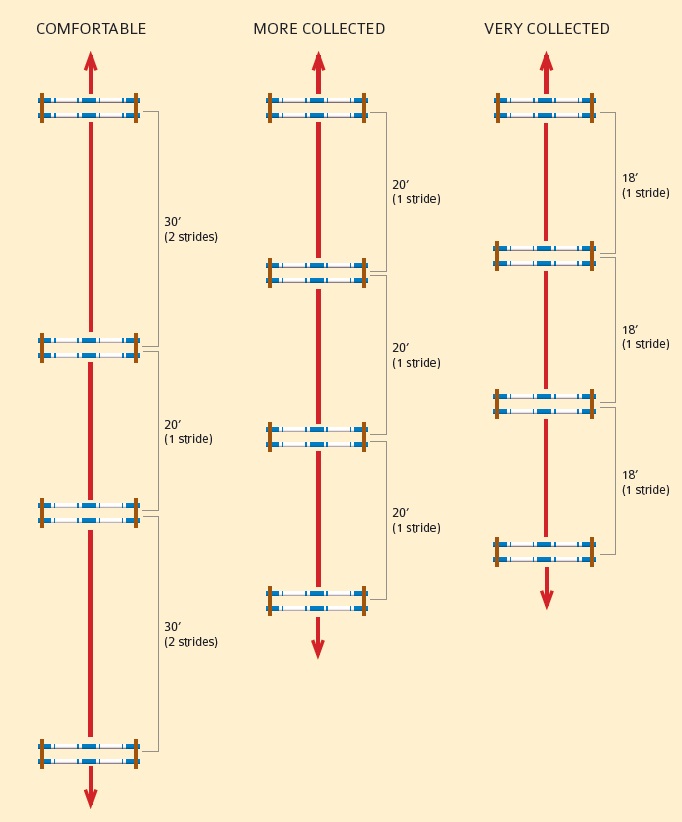
Begin with just the first and last elements of the “Comfortable” gymnastic, adding the middle components when you and your horse are ready. Once you are jumping this gymnastic with ease and fluidity, you can progress to the “More Collected” gymnastic, and, when you are comfortable with the shorter distances, the “Very Collected” gymnastic.
Set the oxers square and place ground lines on either side of the jumps so that they can be approached from either direction.
When setting the jumps, “width here is more important than height,” says Claudia. But, “as in all gymnastics, the trainer must be careful not to make the jumps too high or too wide, as the shorter distance increases the degree of difficulty and one must not overface the horse,” she cautions. “It can be useful to do the exercise a few times, then go jump some other jumps on a forward stride, then come back to the gymnastic.”
About Claudia Cojocar
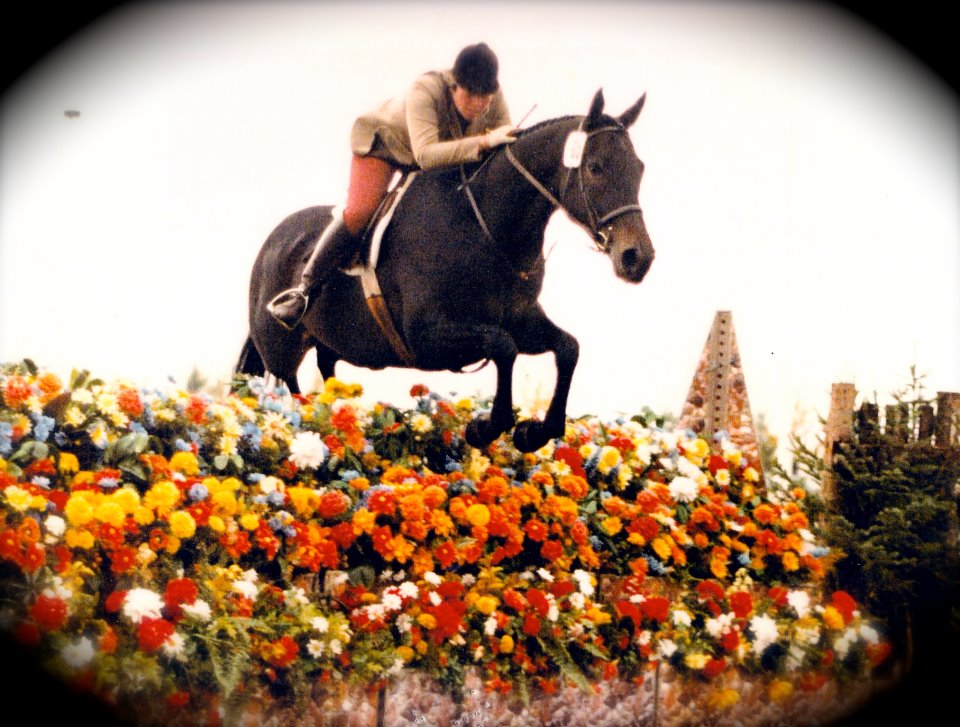
After 30 years of consistent wins in the hunter, jumper, and equitation divisions, Claudia Cojocar retired from competition in 1984 to focus on coaching. She has since coached many talented riders, a large number of whom have gone on to become professionals themselves. Claudia served as the Jump Canada Chair for Coaching, Jumping Levels 3, 4, and 5, for six years and is responsible for organizing many educational seminars throughout Canada and the U.S. Now based in BC, Claudia is currently focused on her work for the US Hunter/Jumper Association Trainer Certification Program and teaching clinics.
Main Article Photo: Robin Duncan Photography



